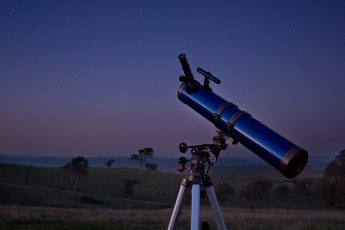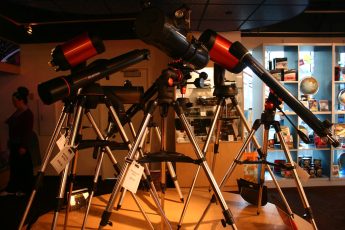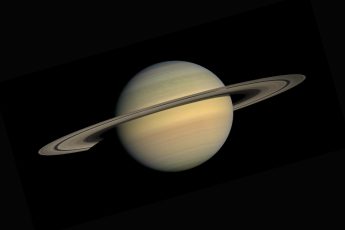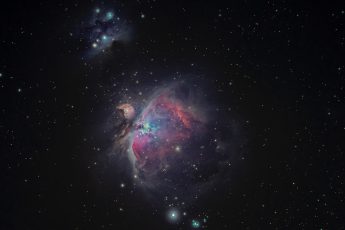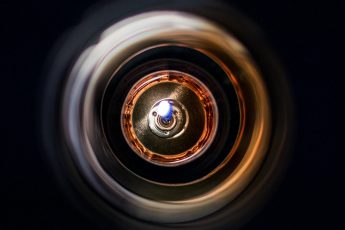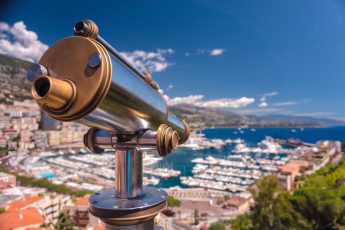The first step to any successful stargazing experience is to set your goals. Having clear, realistic expectations about what you want to achieve by looking at the night sky will help you spend your time more effectively and enjoy yourself more deeply. The following sections will guide you through a process of self-reflection that will help you decide what type of stargazer you’ll be!
Backyard Observers
The first place to start when observing the sky is your location. The glow of city lights, highways, and another artificial lighting can overwhelm some areas, making it difficult to see any celestial objects. If you live in a rural area and can escape the light pollution of cities, then by all means…do so!
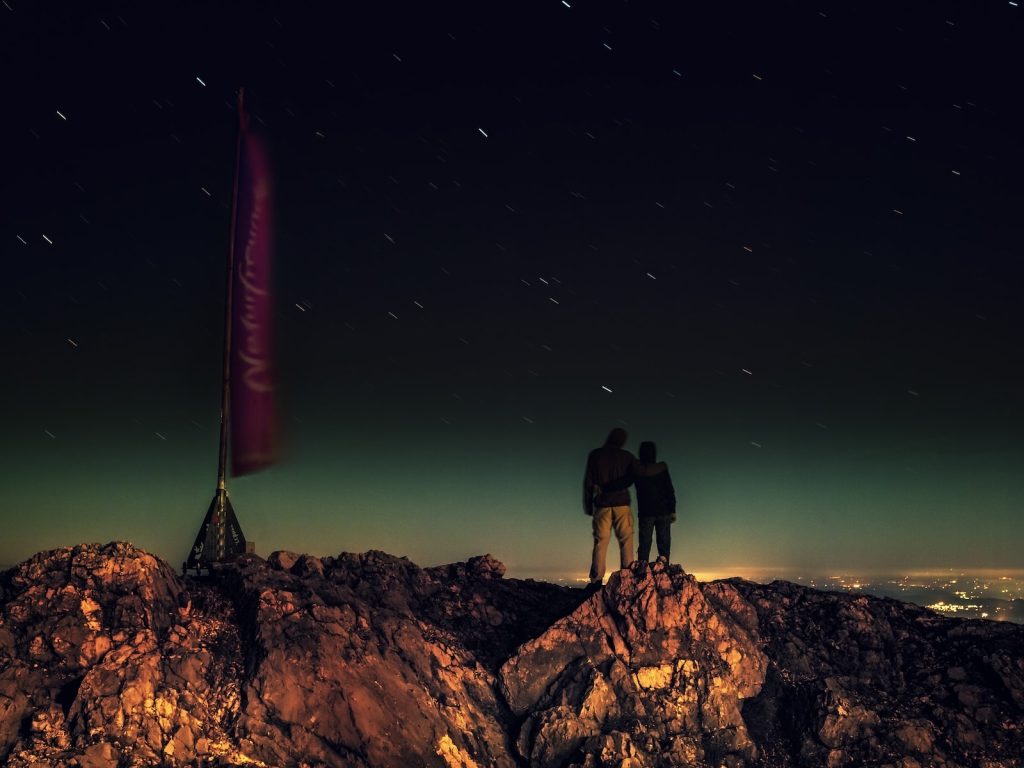
If you’re an experienced backyard astronomer and want to observe deep space objects like galaxies and nebulae far away from Earth…then you should get a telescope with better magnification than what I recommend in this guide (some amateur astronomers use telescopes as small as 40mm).
Naked-Eye Observers
Naked-eye observing is the most accessible form of astronomy, and anyone who owns a pair of binoculars or a telescope can do it. It involves looking at objects with your bare eyes, and the best naked-eye observing sessions involve optical aids to help you see more detail.
The main benefit of naked-eye observation is that it’s free and requires no additional equipment beyond your own eyes. This means that you don’t need to spend money on equipment, but it also means that there are some limitations as far as what objects you can see go. The main drawback is that naked-eye observers must contend with light pollution from cities and towns near them when viewing faint objects such as galaxies or nebulae (clouds of gas where stars form).
Naked-eye observing works best for bright objects like planets, the moon, and bright stars, which are easy to see even in urban areas with lots of light pollution.
Binocular Observers
You can use binoculars to study the moon, planets, and deep-sky objects. The best way to learn how to use binoculars is simply by observing and trying different things. I like to find a bright object in the sky—like a planet or star—and begin with it. If you have more than one pair of binoculars, try them together with the same eye before trying two eyes separately.
If you are using two eyes, it may be helpful if you close one eye and hold up one telescope with both hands while focusing on distant objects; then try moving your head back and forth through its field of view as if you were looking at something far away (this simulates what happens when we move our heads when looking at things).
30° “Telescope Power” Observers
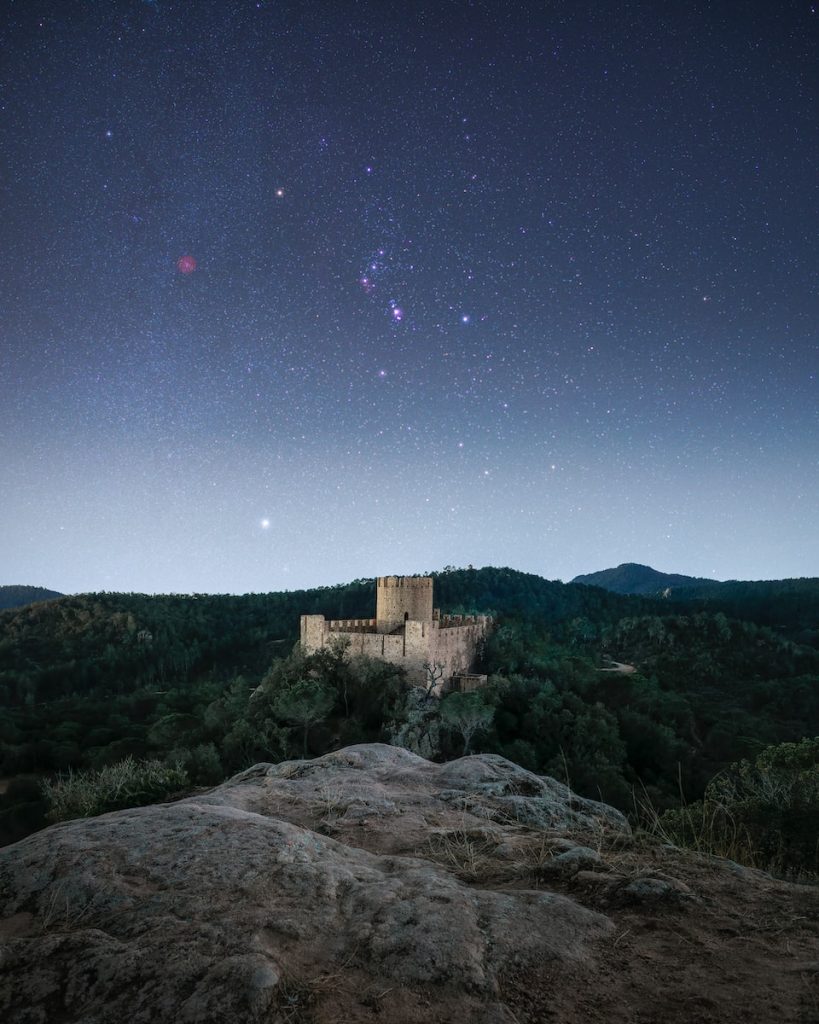
First, let’s define “telescope power.” Telescope power is the magnification you can use before your eye loses its ability to resolve detail. At 30 degrees from the center, this is about 60x total magnification (60x per inch of aperture). This means that anything more than 60x per inch of the aperture will not provide any additional benefit for observing most objects in the universe. Many experienced observers recommend using 30° as a limit on maximum helpful magnification for telescopes and binoculars (see below).
For example, An 8-inch telescope has an effective focal length of 10 inches when used at 45° elevation or higher. If you multiply 10 by 1.5 (which represents 52% obstruction due to secondary mirror support), you get 15 inches–the diameter where everything beyond will be too dim or small to see clearly through your eyepiece! In short: When observing with an 8″ scope, keep magnifications below 15x per inch of aperture or larger scopes under 20x per inch of aperture – unless you want to just look at planets and bright deep sky objects like comet tails and nebulae instead!
High-Power Observers
High magnification is a must if you’re interested in studying deep-sky objects. You will need to use at least 200x magnification and ideally more to see small and faint objects. When using higher magnifications from a light-polluted site, your telescope will be subjected to increased vibration and atmospheric turbulence. This can make precise focusing difficult even for experienced observers.
In addition to needing a stable platform for observing, high-power observers also benefit from having large aperture telescopes (6” or larger) that gather more light per unit area than smaller ones do. Finally, observing under excellent seeing conditions is crucial if you want to get good results with long exposures; poor seeing will often compromise details beyond recognition.
Observing the night sky can be a fun and rewarding hobby, but it is essential to have realistic expectations.
When you’re new to the sky-observing hobby, it’s easy to be overwhelmed by the sheer number of objects in the night sky. You want to see everything and know everything about each object—but this is unrealistic. If you’re just starting out and haven’t bought any books or read any online resources yet, you may not even know what all these different things are called!
So here’s my advice: take baby steps. Start with one little goal at a time, like “I want to see Saturn” or “I want to find Jupiter,” and then add more as your knowledge grows. Otherwise, you’ll get frustrated trying to learn so many things simultaneously. And remember that sometimes we cannot observe what we’d like because of weather or light pollution (this will become clearer later). Finally, remember that only half of all astronomy enthusiasts do some type of regular observing; most prefer observing only occasionally when conditions are right for them (e.g., certain times/dates).
Conclusion
Observing the night sky is a unique hobby that can be rewarding and fun. However, setting realistic goals for yourself when starting out is essential. Whether you want to observe the naked eye or through binoculars, you must research what equipment best suits your needs. The same goes for telescopes—if you are looking into purchasing one but don’t know much about them yet, we recommend finding someone local who can help walk you through their process before making any significant purchases!

